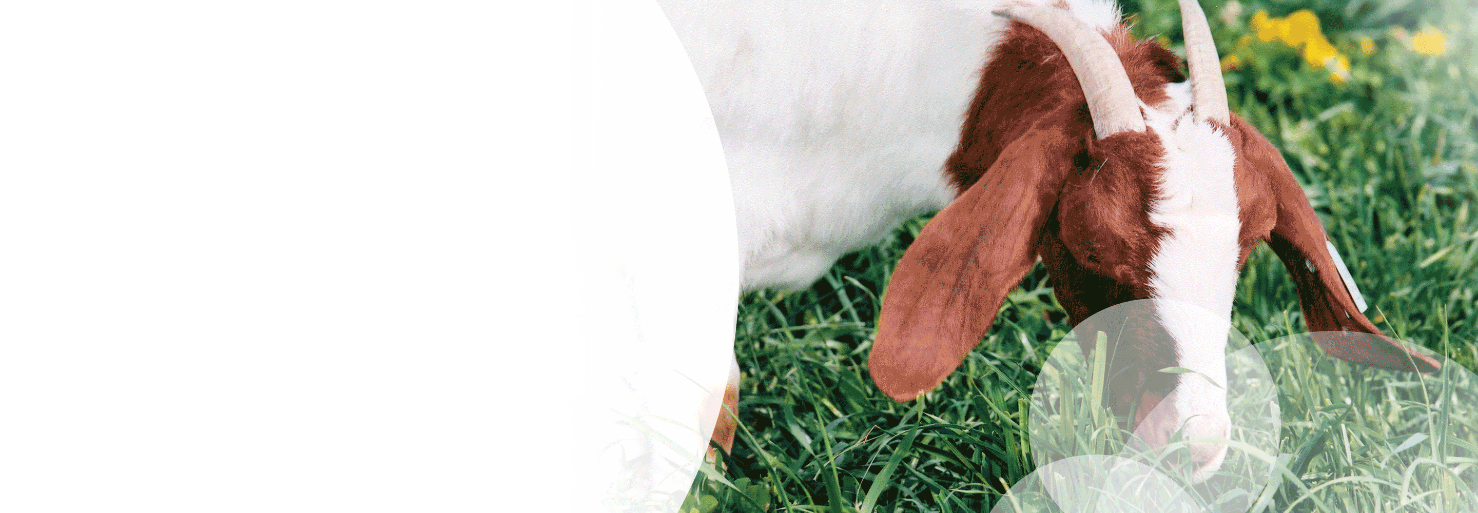

The Industry´s most trusted parasite defense specifically approved for goats
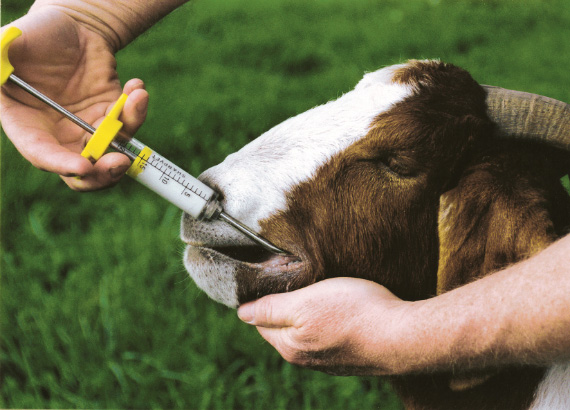
Goat Worm Control is Different
Most goat producers know how devastating parasite infections can be, and how hard it can be to prevent losses. In fact, veterinarians and experienced producers consider parasites the first, second and third most serious threats to goat health and production1.
Parasites in goats are more difficult to control compared to cattle and horses because goats are more susceptible to worms. Barber pole worm (Haemonchus contortus) is the main parasite of concern in goats and is potentially deadly. The widespread prevalence of dewormer resistance further complicates worm control for goats.
Primary Parasites of Concern

HAEMONCHUS
(Barber pole worm)

TELADORSAGIA
(Brown stomach worm)
How the Problem Develops
Goats prefer leaves and tall growing plants, but when tall vegetation is exhausted, they will graze. Worm larvae exists in the bottom three inches of grass pastures. Worm infections are likely for grazing goats when the pastures are contaminated with worm larvae. During warm weather, high levels of worm contamination can quickly develop, threatening goat production and health2.
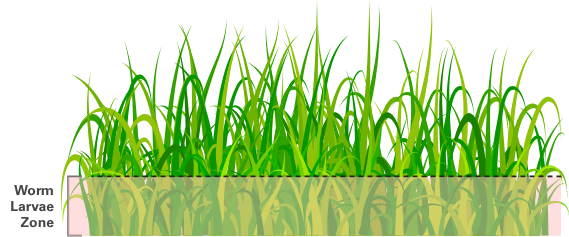
Strategies for Combating Worms in Goats

TACTICAL
Deworm Purchased Goats
Purchased goats can be a major source of worm problems. Start with conducting a fecal egg count test using the Wisconsin Sugar Float method to determine the level of internal parasite infection. Deworm purchased goats with two dewormers of different classes. The two most common are Benzimidoles like SAFE-GUARD® (fenbendazole) or Macrocylic Lactones like ivermectin.

TACTICAL
Deworm Properly
- Use products labeled and designed for goats.
- Administer SAFE-GUARD® slowly to ensure each goat swallows a full dose.
- SAFE-GUARD® suspension works best when administered over the back of the tongue with a drench gun designed for goats. Proper deworming ensures SAFE-GUARD® ends up in the rumen providing a killing dose.

STRATEGIC
Plan for Parasite Control
Rotate goats to pastures grazed by cattle or vacant land. Pastures grazed by cattle or horses help the pasture of parasites of goats as the parasites are generally species specific.
- Monitor the level parasite infections on your farm by conducting an annual fecal egg count test using the Wisconsin Sugar Float method.
- Check eyelids for anemia using the FAMACHA© score system that matches eyelid color to anemia levels, an indicator of clinical barber pole worm infection.
Cull “poor doers” and goats with consistently high worm egg counts.

STRATEGIC
Pasture Management Helps Combat Worms
Proper pasture or forage management can help reduce parasite burdens in the animal and their negative effects on production.
- Grow tall vegetation.
- Keep stocking rates low.
- Make hay from goat pasture.
- Tilling soil reduces number of worm larvae on pasture.
- Grow annual pasture (wheat and Sudan crosses).

TACTICAL
Use Accurate Doses
- Weigh goats prior to deworming so an accurate dose of dewormer can be given.
- Use a drench gun designed for goats.
- Test the drench gun to make sure it is administering a full dose.
- Do not under dose — this can trigger resistance to dewormer used.
Your Broad-spectrum Parasite Defense
SAFE-GUARD® is a valuable weapon in the battle against internal parasites of goats.
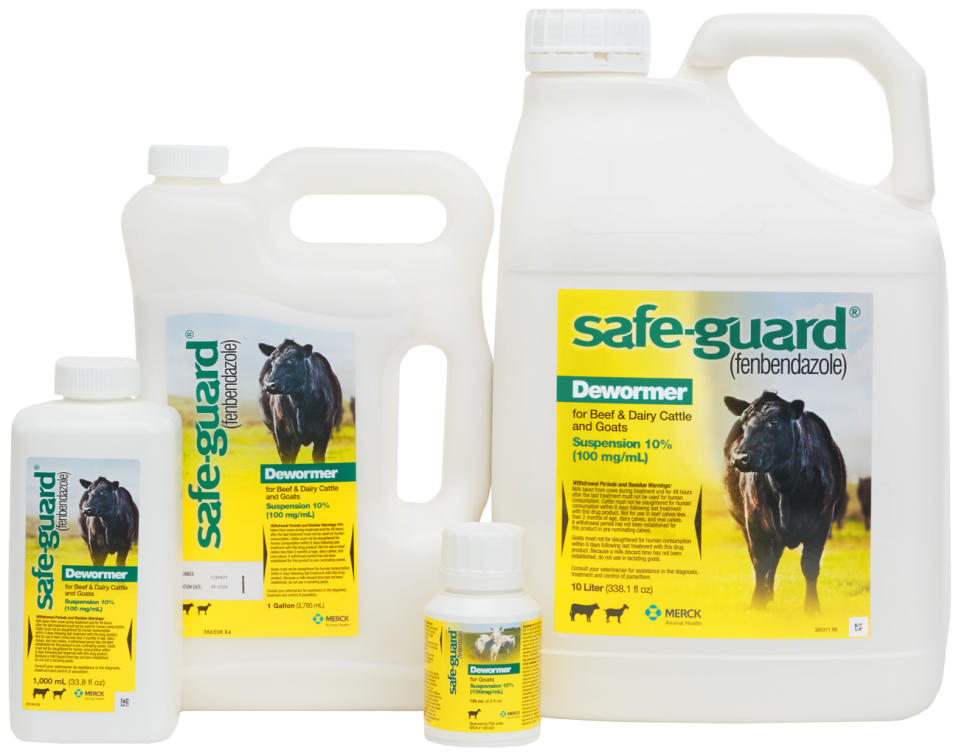
Effective deworming combined with good management can win the war on worms. SAFE-GUARD is the best tool in the war on goat parasites.
- Short 6-day withdrawal for meat goats.
- Kills the two most common worm parasites of goats.
- Convenient oral suspension ensures SAFE-GUARD gets to the digestive system where worms are located.
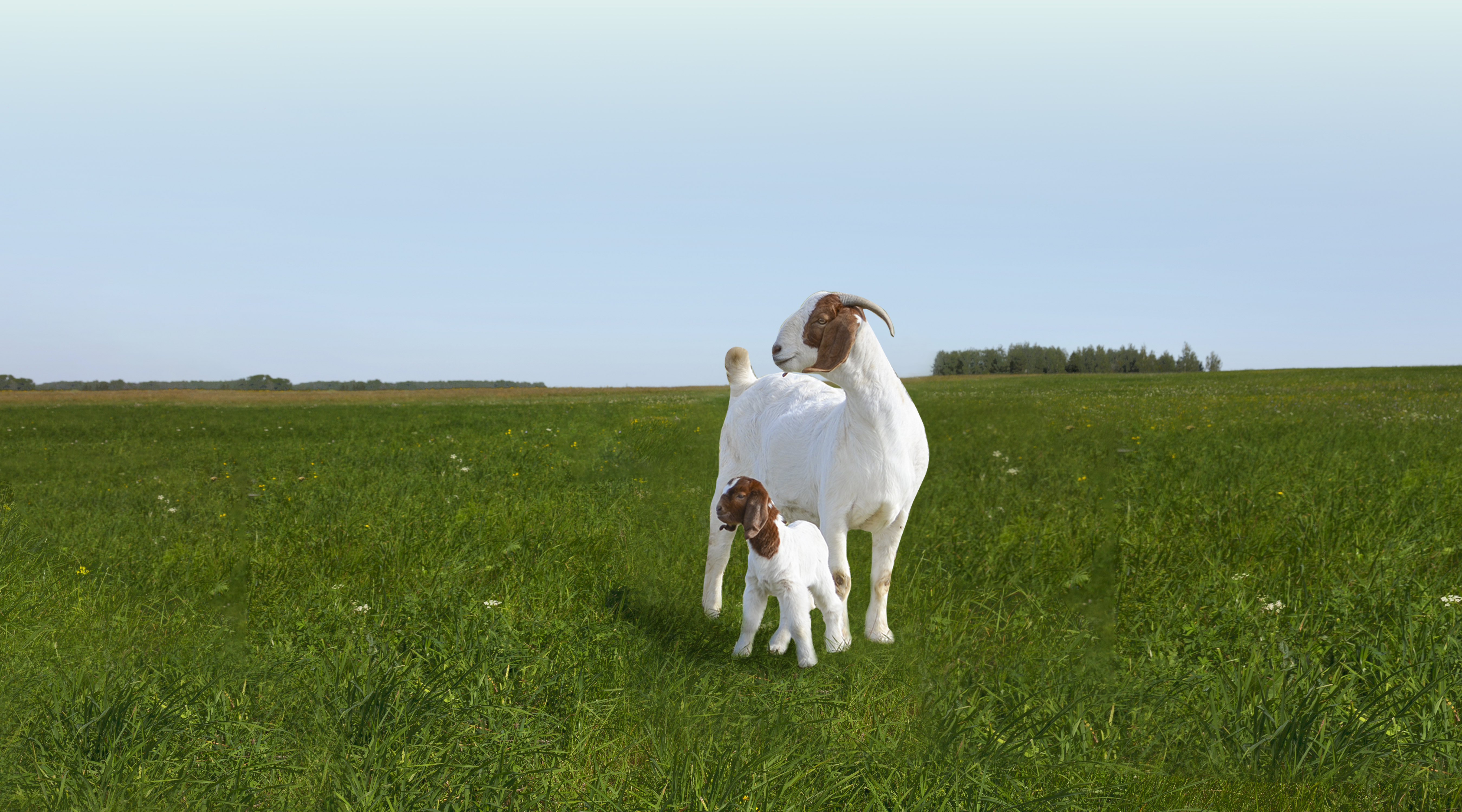
Today’s goat industry demands a good herd health program.
Merck Animal Health is focused on seeking your goat health needs.
Current Promotions & Offers
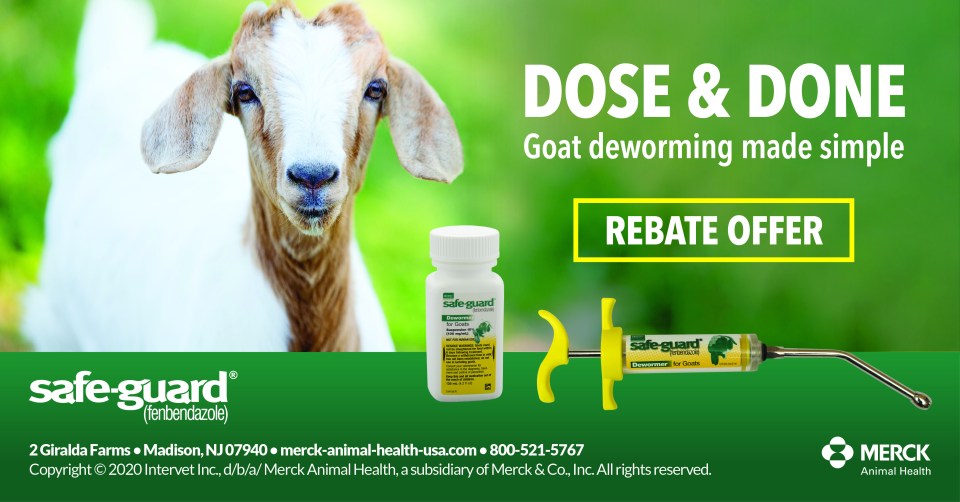
REBATE
The Right Drenching Gun
Take care of business with a 20 mL drenching gun. It’s FREE with your purchase of Six (6) 125 mL bottles of SAFE-GUARD or One (1) liter bottle of SAFE-GUARD.
Talk to your veterinarian or Merck Animal Health representative today.
IMPORTANT SAFETY INFORMATION
Consult your veterinarian for assistance in the diagnosis, treatment, and control of parasitism. Goats must not be slaughtered for food within 6 days following treatment. Because a withdrawal time in milk has not been established, do not use in lactating goats.
REFERENCES
1. Hale, Margo, 2015. Managing Internal Parasites in Sheep and Goats. ATTRA Sustainable Agriculture Report.
2. Hepworth, Hutchens, 2006. Managing Internal Parasites in Sheep and Goats (AS-573-W).
